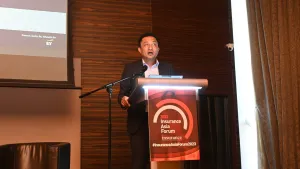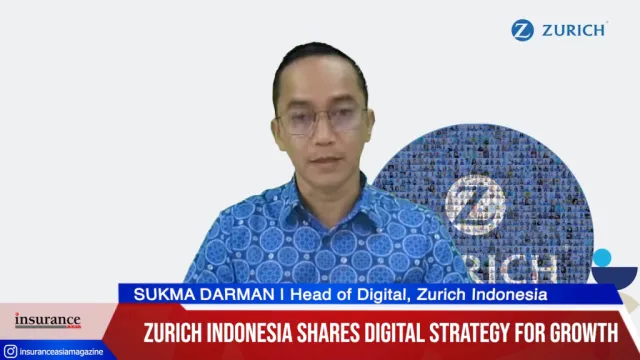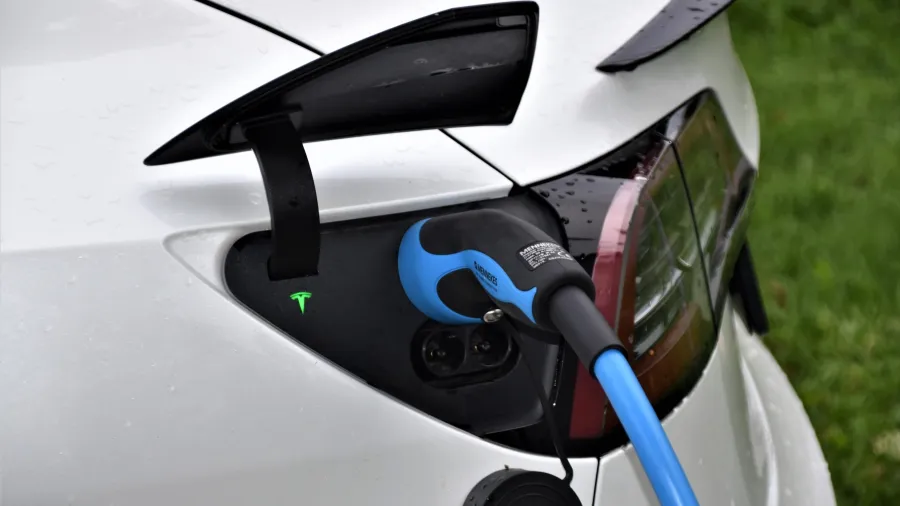
EV rise in Australia drives risk considerations and insurance hurdles
About 130,000 electric vehicles are driving around Australian soil.
As electric vehicle (EV) adoption increased to 130,000 as of mid-2023 in Australia and the infrastructure for charging expands, it brings forth several risk factors and insurance-related considerations, warned QBE.
Despite the growing annual sales of electric vehicles (EVs) - which accounted for 8.4% of new vehicle sales in the year ending June 2023, up from 3.8% the previous year - they still constitute a minor fraction of the 21.2 million registered motor vehicles in Australia, excluding caravans and plant equipment.
There is a risk of fire while vehicles are charging, especially in enclosed spaces such as underground or multi-storey car parks and garages. Businesses and property owners will need to install charging points safely to accommodate employees, customers, and tenants.
Chargers should be installed by qualified personnel and comply with electrical wiring rules. Regular inspections are necessary to identify any damage promptly. Charging points should be located in safe and secure areas to minimise risks such as unauthorised use, vandalism, or theft of charging cables.
36% of Australians expressed concerns about the shortage of charging stations, surpassing the global average of 31%.
In the Asia-Pacific region, 53% of respondents were worried about long wait times for charging, whereas globally, 29% were concerned about the driving range of EVs.
Despite these concerns, charging infrastructure in Australia is progressively growing. High-power charging locations have seen a yearly surge of 57%, and public fast charging stations are being financially supported by state, territory, and federal governments.
ALSO READ: Rising S’pore EV registrations prompt insurers to evaluate premiums and coverage
With advancements in vehicle and charging station technology, there is an increased risk of cyber-attacks targeting software, data connectivity, and artificial intelligence systems.
EVs may have different repair requirements compared to traditional petrol or diesel-powered vehicles. Repair costs and safety considerations related to battery containment and energy storage need to be addressed.
EVs are quieter than traditional vehicles, posing risks to vulnerable road users such as cyclists and visually impaired pedestrians. Regulations mandating Acoustic Vehicle Alert Systems (AVAS) are being considered to mitigate these risks.
As businesses integrate EVs into their fleets, driver training becomes crucial to ensure safe and efficient operation. Drivers need to be familiar with EV-specific features such as regenerative braking and instant acceleration.
Addressing these risk considerations and implementing appropriate safety measures will be essential as EV adoption continues to grow in Australia. Effective management of these risks will contribute to the safe and sustainable integration of EVs into the transportation landscape.

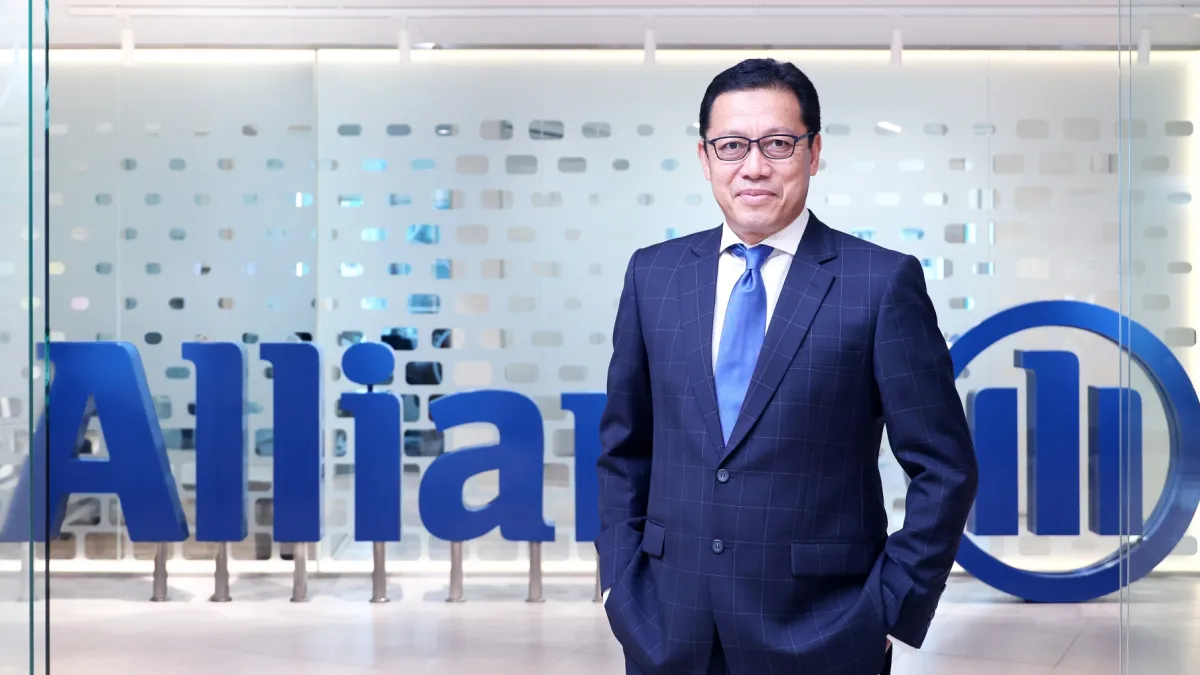








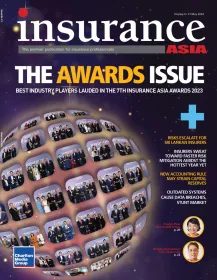
 Advertise
Advertise


